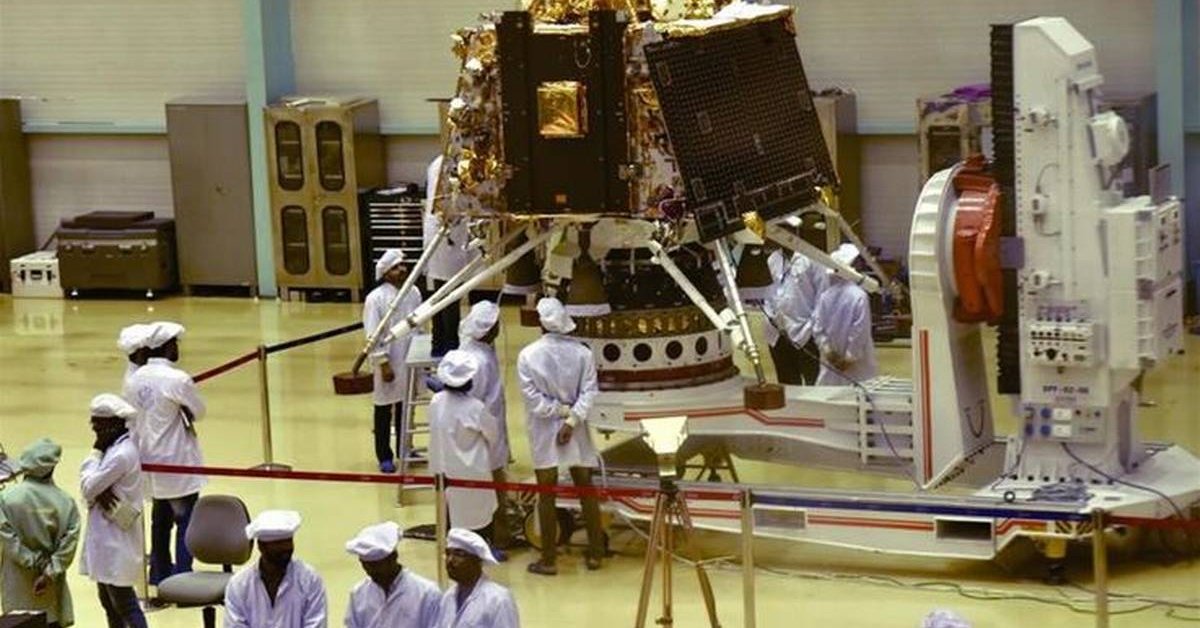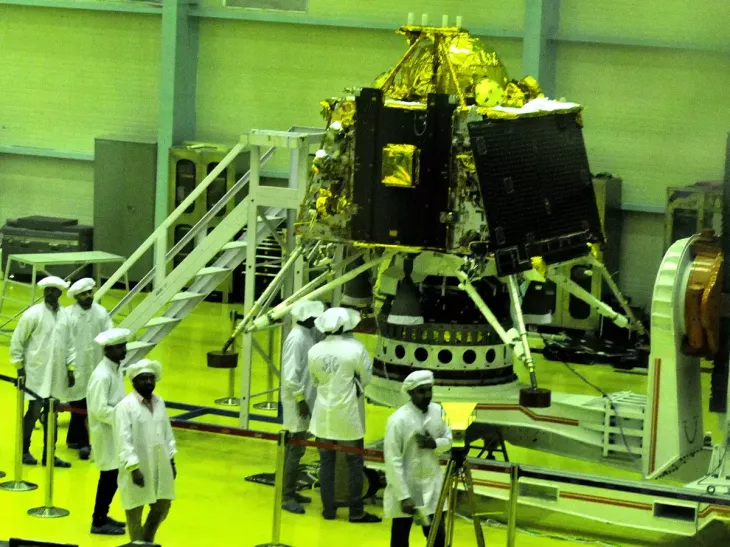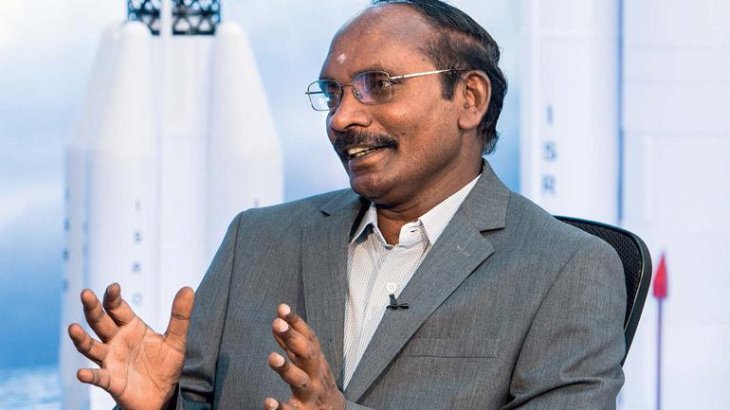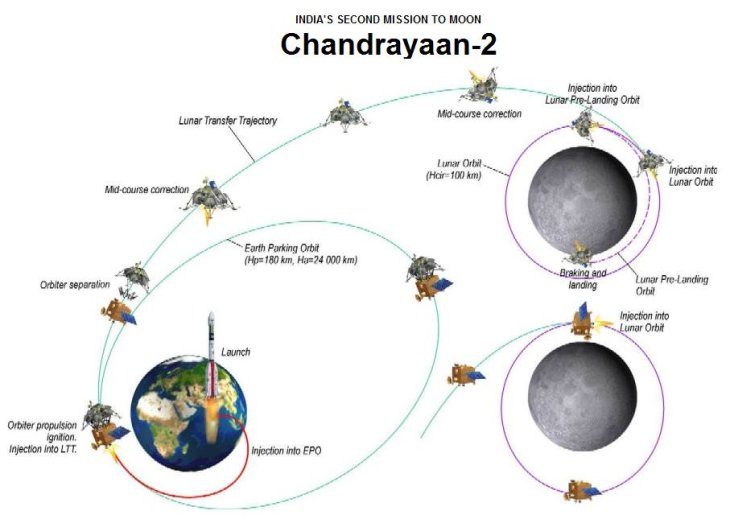India's Chandrayaan-2 Will Land Near The South Pole Of The Moon By September 6
Dhir Acharya - Jun 14, 2019

"We will launch our second moon mission (Chandrayaan-2) on July 15 at 02:15 a.m., to land by September 6 or 7 near the lunar south pole."
- Delhi Is The World’s Most Polluted Capital City For Three Years In A Row
- Indian Farmers Install High-Tech, Night-Vision CCTV Cameras To Protect Themselves
- Looking For The Best Electric Bike In India 2021? Take A Look At These
India’s second voyage to the Moon will set off on July 15; now, a top official said that the spacecraft and the rover will land near the planet’s South pole by September 6 or 7. According to Chairman K. Sivan of ISRO, the exact time will be 02:15 a.m.
The mission, weighing 3.8 tonnes, was launched with a lander that holds three experiments, an orbiter that contains 8 scientific experiments, a rover carrying two experiments along with a passive experiment from NASA. Sivan added that they will launch the rover and the orbiter in the GSLV Mark III rocket from the Sriharikota spaceport. They are expected to get in the elliptical orbit around the Earth at 170 kilometers perigee and 30,000 kilometers apogee to cruise towards the moon within 16 days.

If the mission succeeds, India will become the fourth country in the world to land on the Moon and carry out experiments on the planet. The Chandrayaan-2 mission costs Rs 978 crore, Rs 603 crore of which is for the ground support network, navigation, rover, and orbiter; and the rest is for the rocket. According to Sivan, the orbiter will be placed in the geo-transfer orbit before moving to the lunar orbit. When the lander touches the Moon, it will have been 50 days and the mission will have covered 385,000 kilometers from Earth.
The separation between the lander and the orbiter will take place at 150kmm periloon, which is nearest to the surface of the moon, and 18,000 apoloon, which is the farthest from the surface. After entering the lunar orbit at 100km for 4 days, the mission will land on the Moon’s surface by slowly descending up to 30km.

Sivan explained that after landing on a rock-free site between craters, within four hours, the six-wheel rover will start its trip at 1 cm/s before speeding up to travel 500m. The experiments will study the surface’s elements and minerals.
Notably, both the rover and the lander with have India's national flag printed on them while the wheels of the rovers will be imprinted with Ashoka Chakra. Sivan added that the rover and lander will do experiments for one day on the moon, meaning 14 days on earth. 
The journey of India's second mission to the MoonDuring a year revolving around the Moon, the orbiter will be responsible for mapping primary elements in the soil, studying water molecules, materials, as well as generating a 3D map to research the mineralogy on the planet. Meanwhile, the payload from the lander will look into moon-quakes around the landing site, the thermal properties of the moon, as well as measure the variation and density of the Moon’s surface plasma.
ISRO is integrating the orbiter with the lander holding the rover to move it to Sriharikota on June 18 to prepare for the launch. Sivan admitted that navigation and injection of the spacecraft at the distance of 100km will be challenging and it will be a terrifying 15-minute soft landing.
Featured Stories

Features - Jul 01, 2025
What Are The Fastest Passenger Vehicles Ever Created?

Features - Jun 25, 2025
Japan Hydrogen Breakthrough: Scientists Crack the Clean Energy Code with...

ICT News - Jun 25, 2025
AI Intimidation Tactics: CEOs Turn Flawed Technology Into Employee Fear Machine

Review - Jun 25, 2025
Windows 11 Problems: Is Microsoft's "Best" OS Actually Getting Worse?

Features - Jun 22, 2025
Telegram Founder Pavel Durov Plans to Split $14 Billion Fortune Among 106 Children

ICT News - Jun 22, 2025
Neuralink Telepathy Chip Enables Quadriplegic Rob Greiner to Control Games with...

Features - Jun 21, 2025
This Over $100 Bottle Has Nothing But Fresh Air Inside

Features - Jun 18, 2025
Best Mobile VPN Apps for Gaming 2025: Complete Guide

Features - Jun 18, 2025
A Math Formula Tells Us How Long Everything Will Live

Features - Jun 16, 2025
Comments
Sort by Newest | Popular